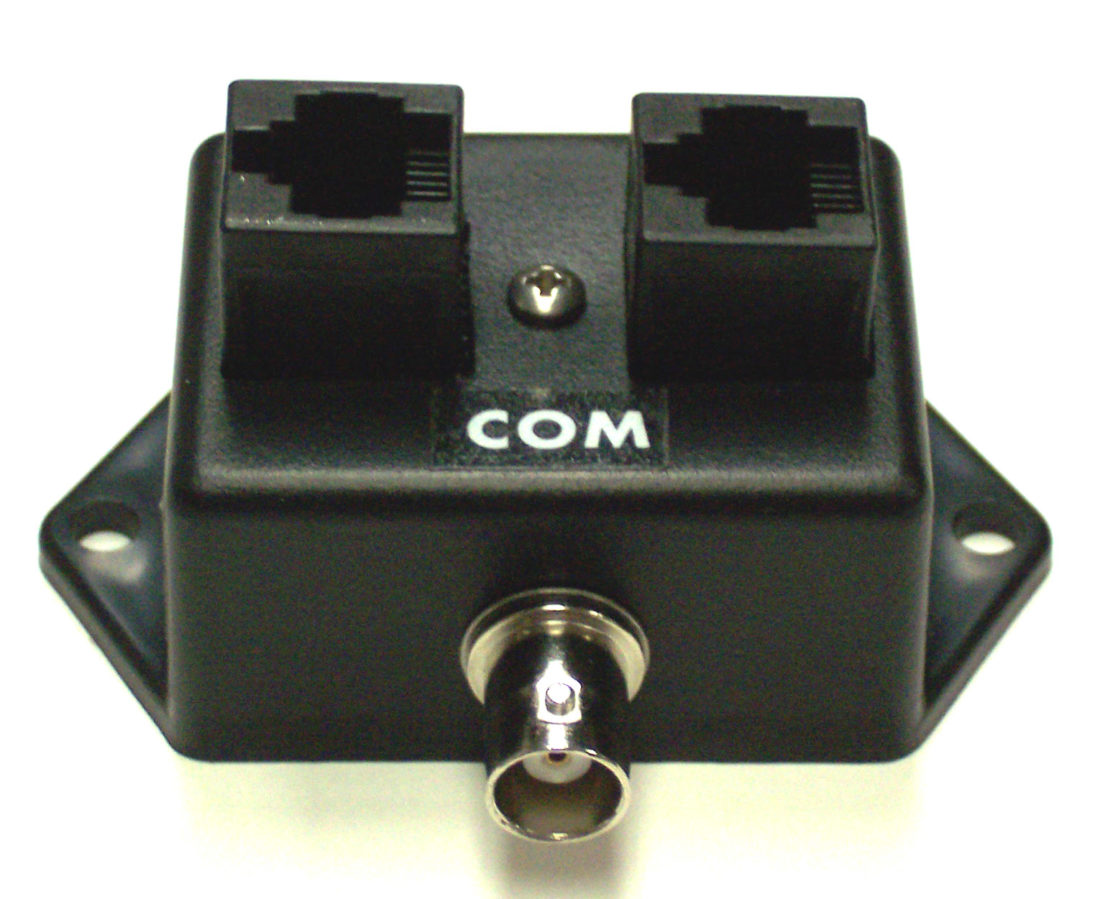PUSHING THE DISTANCE LIMITATION ON IP CAMERAS
PUSHING THE DISTANCE LIMITATION ON IP CAMERAS
BY Don McClatchie
IP camera use is gaining in popularity and more customers are asking for the latest thing in CCTV technology. The IP cameras have many benefits for the installer and the customer however they also have some drawbacks and special concerns that must be addressed. Perhaps one of the most obvious drawbacks is the maximum distance limitation of 100 meters or (328 feet). Although with good cable you can extend this distance by about 40% to 500 feet it is not suggested.
The reasoning behind this has to do with what is called the digital cliff or fail point of the camera signal at the maximum distance. One of the best parts about the IP camera signal is that the picture does not degrade with distance unlike analog video images that suffer from cable slope loss that make the pictures look dull and lacking in brightness of color and sharpness of image. However the digital picture will fail cataclysmically just at the maximum distance and totally fail to render a picture at all.
At this point the equipment will sometimes flash the picture on and off at a slow rate of speed making the picture un-usable and then finally go off entirely. The technical cause for this digital cliff failure is that high level data from the near end equipment gets into the low level received signal from the far end and interferes with the decoding of the data. The data signal is scrambled by the interfering cross talk and as the cross talk becomes stronger the Bit Error Rate increases until the digital decoder cannot reliably tell a one from a zero and the communication breaks down. So it is the near end cross talk levels that primarily control the maximum distance that an IP camera signal can go. Also the amount of signal that exists above this fail point is referred to as the signal margin.
It is important to note that network cable quality largely affects this cross talk and signal margin. This cross talk should be measured at both ends of the cable when you install an IP camera. The measurement must be taken at both ends of the cable because the system has a two way signal that exhibits the same type of cross talk at both ends of the system and when the receiver at one end fails the entire system stops transmitting from both ends and the system goes down.
Systems tests indicate that a difference of 10dB or (3.16 times) the level from input to output on either end of the system is enough to cause a failure of communication between the camera and the receiver or NVR.
This difference is measured at the fail point and does not take onto consideration that a margin of 3dB should be available to account for small changes in the cable loss or mechanical changes in the cable due to temperature or condensation variations and physical movement all of which affect the overall loss of the cable.
It is a good idea to measure the near end and far end signals levels on every camera installation you do so that you will know for sure what the levels are and have the confidence of knowing that they are within operating tolerance with enough margin to guarantee operation under all circumstances.
There is a commercially available low cost meter that can measure these IP camera signals levels called IPM-4 IP VIDEO MASTER. This meter will measure your IP signal levels in both directions and give you the piece of mind you need to know the levels are correct and that your cross talk is manageable. This meter will also measure the level of balance coming from the equipment and the delivered signal balance after traversing the network cable. Network cable quality will affect the signal balance and create excess loss in the system that can cause picture failure to occur. As an added bonus the meter measures the Common Mode signal loss. This loss is caused by the network cables capacitive and inductive effects on the IP signal.

Use this meter to guarantee that your IP video installations will operate at the correct levels and that you have enough signal margin to continue to produce reliable pictures even when signal level changes occur. And the best part is that this meter is compact, battery operated, portable, and priced to fit any budget. CLICK HERE to see the IPM-4 information




